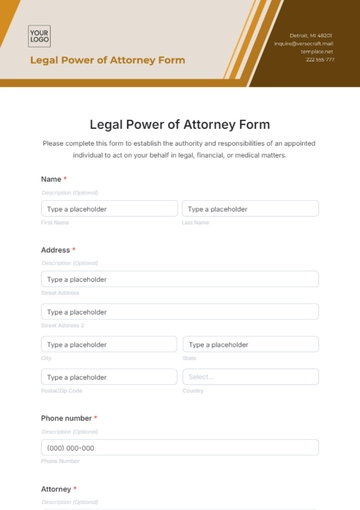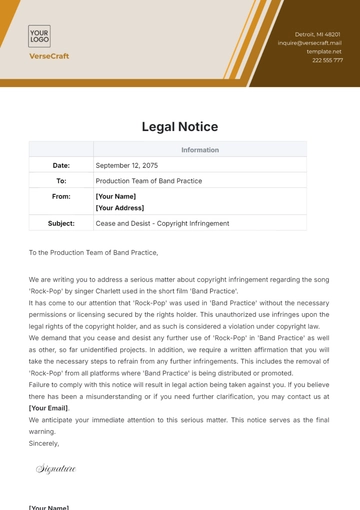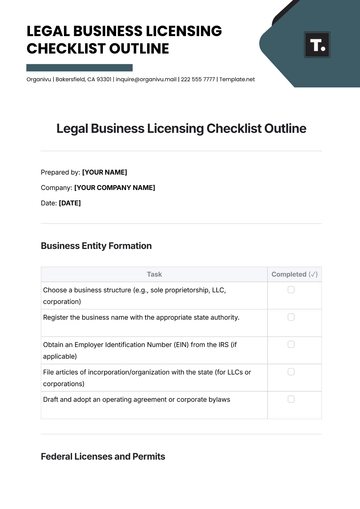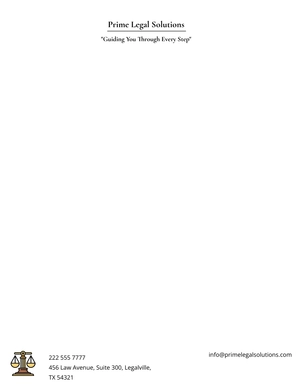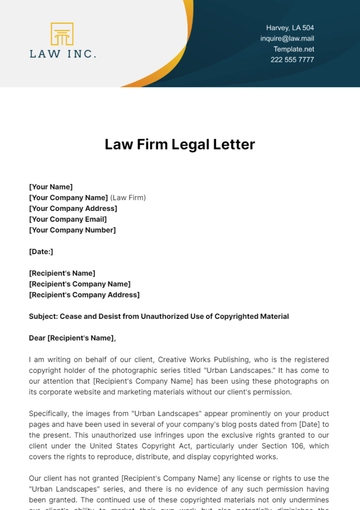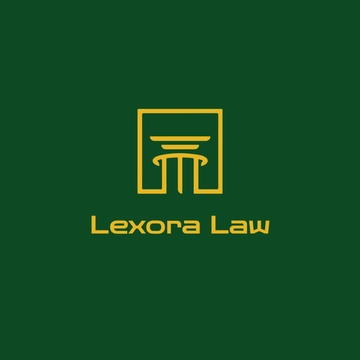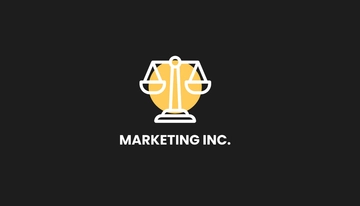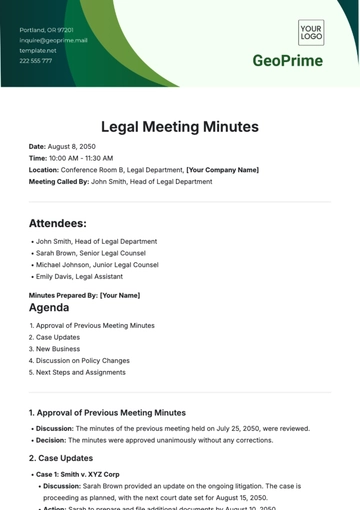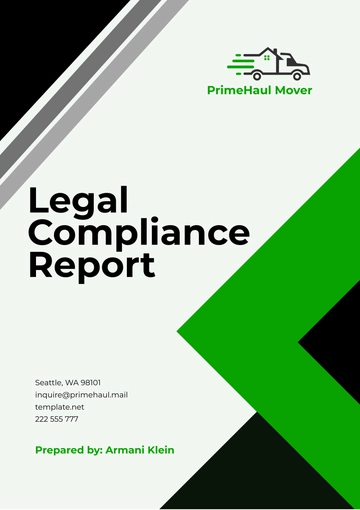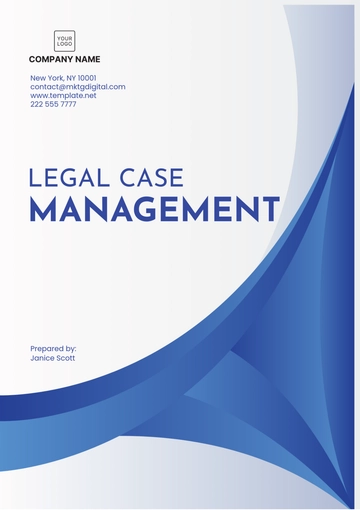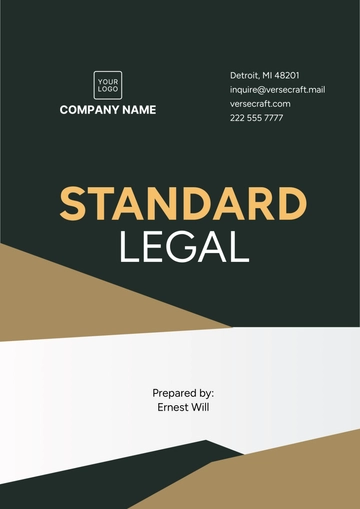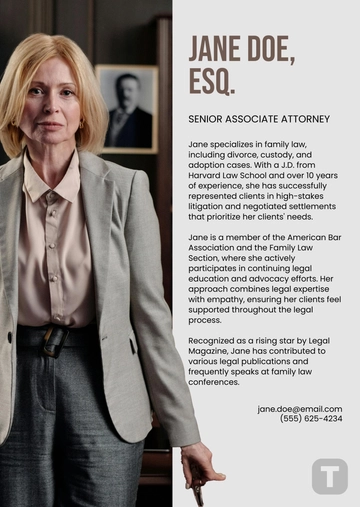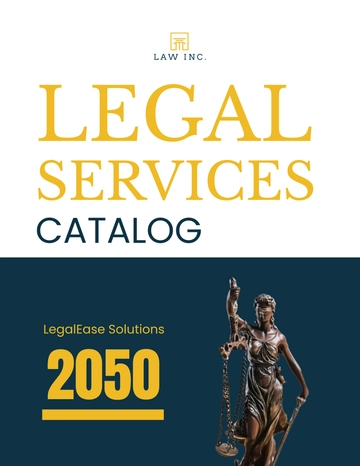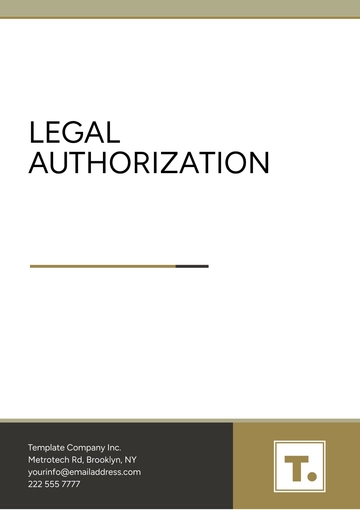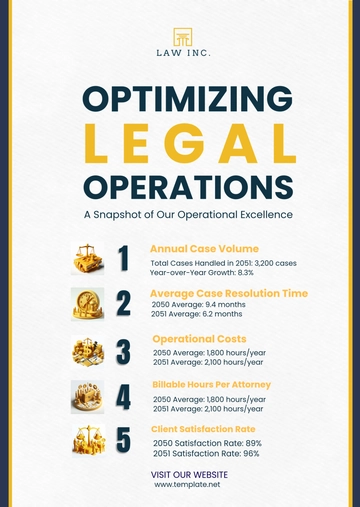Free Legal and Ethical Compliance in Advertising
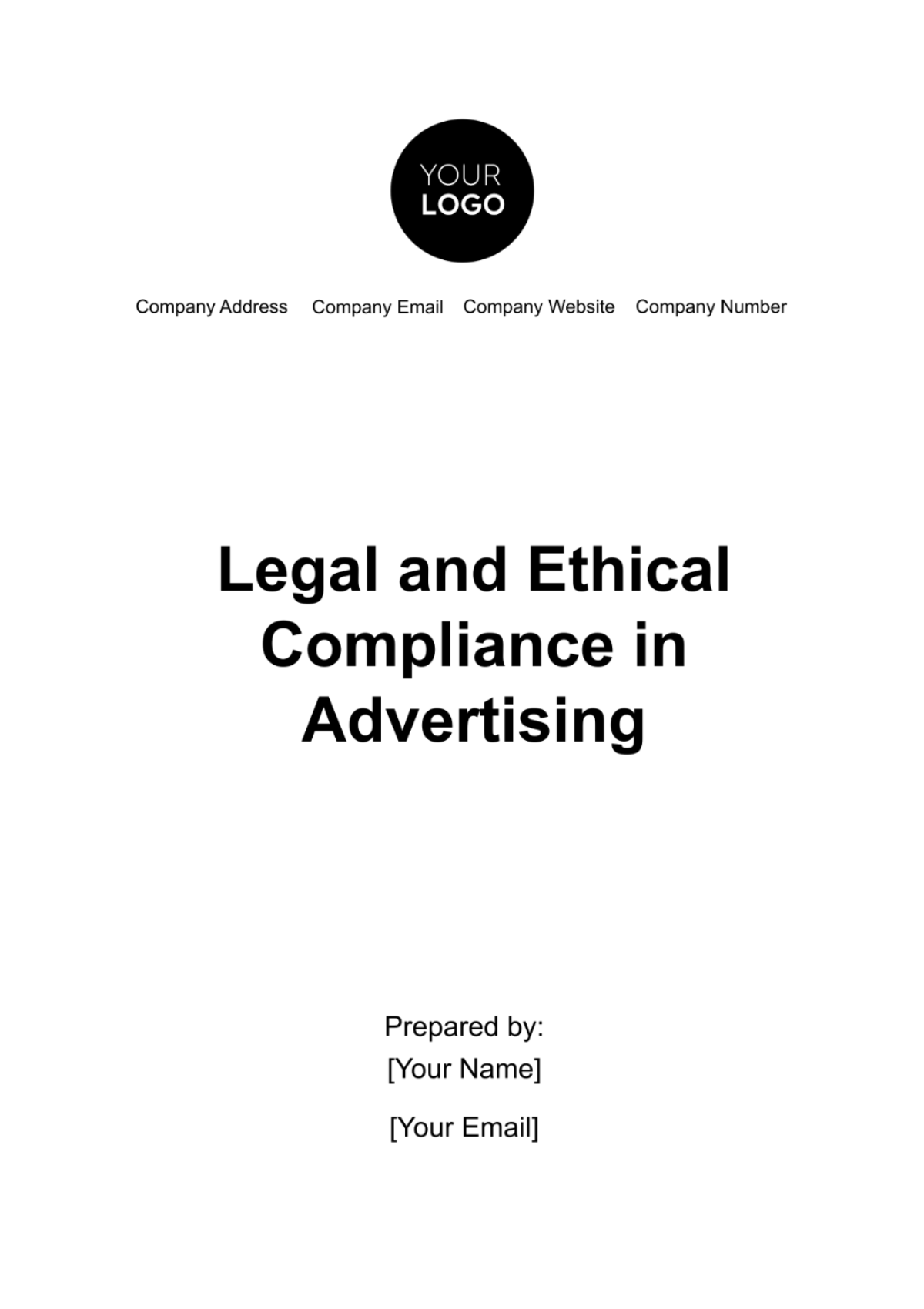
Introduction
A. Purpose of this Document
The purpose of this document is to establish clear guidelines and procedures for ensuring that all advertising activities conducted by [Your Company Name] are compliant with applicable legal and ethical standards. It serves as a comprehensive reference for all employees and stakeholders involved in the advertising process. By adhering to the guidelines outlined in this document, [Your Company Name] aims to maintain the trust of consumers, regulators, and the public while achieving its marketing objectives.
B. Scope of Compliance
The scope of compliance outlined in this document encompasses all advertising practices carried out by [Your Company Name], regardless of the medium or platform used. This includes, but is not limited to, advertising in print media, digital media, television, radio, social media, and any emerging advertising channels.
In addition, compliance extends to all forms of advertising content, whether it involves promoting products, services, events, or any other marketing initiatives. This document applies to advertising campaigns aimed at both consumers and business-to-business (B2B) audiences.
Regulatory Framework
A. Federal Regulations
[Your Company Name] must operate within the framework of federal regulations governing advertising. Key federal regulations include:
1. Federal Trade Commission (FTC) Act: Under the FTC Act, advertising must not be deceptive or unfair. Claims made in advertisements must be substantiated, and any material connections between advertisers and endorsers must be disclosed transparently.
2. Truth in Advertising: Section 5 of the FTC Act prohibits deceptive practices in advertising. [Your Company Name] complies with this by ensuring all advertising claims are truthful and backed by substantiation.
3. CAN-SPAM Act: In compliance with the CAN-SPAM Act, [Your Company Name] ensures that all commercial email communications contain accurate sender information, provide opt-out options, and include valid physical postal addresses.
4. Other Relevant Federal Laws: [Your Company Name] also adheres to the Children's Online Privacy Protection Act (COPPA) when advertising to children under 13 years old. Additionally, it complies with the Fair Packaging and Labeling Act (FPLA) for accurate product labeling.
B. State Regulations
[Your Company Name] also needs to be aware of and comply with state-specific advertising regulations. These regulations may vary from state to state and can include rules related to pricing disclosures, sweepstakes, and more. It's crucial to stay updated on state-level requirements, and compliance officers should monitor and adjust advertising campaigns accordingly.
For example, if [Your Company Name] operates in the state of California, it must adhere to the California Consumer Privacy Act (CCPA), which governs the collection and handling of consumer data.
C. Industry Standards
In addition to federal and state regulations, [Your Company Name] is committed to adhering to industry-specific standards and codes of conduct. These standards are developed and enforced by industry associations to ensure fair and ethical advertising practices within a specific sector. Examples of industry standards include:
1. Interactive Advertising Bureau (IAB) Guidelines: [Your Company Name] follows IAB guidelines for digital advertising, including ensuring that online ads are clearly identified as such and providing consumers with choices regarding online tracking.
2. Food and Drug Administration (FDA) Regulations (for the food and pharmaceutical industries): [Your Company Name] strictly adheres to FDA regulations regarding advertising claims, labeling, and the promotion of over-the-counter drugs.
3. Automotive Advertising Regulations (for the automotive industry): In the automotive industry, [Your Company Name] follows the guidelines set by the National Highway Traffic Safety Administration (NHTSA) regarding the promotion of vehicle safety features.
Advertising Content Review
A. Substantiation of Claims
Substantiating claims made in advertising is a fundamental aspect of compliance. All claims, whether related to product efficacy, pricing, or benefits, must be supported by credible evidence. Examples of substantiation methods include:
1. Clinical Trials: When making health-related claims, [Your Company Name] conducts and references clinical trials conducted by reputable organizations to validate product effectiveness. For example, a recent clinical trial conducted on our skin care product demonstrated a 30% reduction in fine lines and wrinkles within eight weeks.
2. Third-Party Testing: In cases where third-party testing is available, [Your Company Name] relies on independent test results to support claims. An example is our use of independent laboratory tests to verify the energy efficiency claims of our appliances.
3. Customer Testimonials: Customer testimonials are used as evidence of product satisfaction, but they should accurately represent typical results. For instance, customer testimonials for our fitness equipment include before-and-after photos and verifiable success stories.
B. False or Misleading Statements
Advertising content must never contain false or misleading statements. To ensure compliance in this regard, [Your Company Name] follows these guidelines:
1. Accurate Product Descriptions: [Your Company Name] provides accurate and transparent descriptions of its products or services, avoiding exaggerations or false promises. For example, our descriptions of nutritional supplements include clear information about ingredients and their health benefits.
2. Clear Pricing Information: Any pricing information presented in advertising is clear and includes all relevant fees and charges. Our advertising for subscription services prominently displays the monthly subscription cost, any initiation fees, and any applicable taxes.
3. Avoiding Deceptive Imagery: [Your Company Name] refrains from using images or visuals that may misrepresent the product, such as photoshopped images that alter product appearance. Our advertisements for cosmetics always use unaltered images to accurately depict product results.
4. Honest Comparative Advertising: When engaging in comparative advertising, [Your Company Name] ensures that comparisons are fair, accurate, and based on valid data. For example, our recent comparative ad campaign showed our mobile phone plans to be 20% more affordable than those of our competitors, based on a comprehensive market analysis.
C. Comparative Advertising
Comparative advertising, which involves comparing a product or service to competitors, is a common marketing practice. To ensure compliance, [Your Company Name] follows these principles:
1. Accurate Comparison: [Your Company Name] accurately compares its products or services to competitors' offerings, avoiding false or misleading information. In our recent advertising campaign, we compared the battery life of our electric vehicles to those of leading competitors, based on independent testing.
2. Disclosure of Basis: When making comparisons, [Your Company Name] discloses the factual basis for the comparison and provides supporting evidence. In our recent comparative advertising, we provided a link to the independent test results used to support our claims.
3. Avoiding Disparagement: While comparative advertising is permitted, [Your Company Name] avoids making disparaging statements about competitors. Instead, we focus on highlighting the unique features and benefits of our products and services.
Data Privacy and Consumer Protection
A. Collection and Use of Personal Data
[Your Company Name] is committed to safeguarding the privacy of individuals and complying with data privacy laws. When collecting and using personal data in advertising, the following principles are followed:
1. Consent-Based Data Collection: [Your Company Name] obtains explicit consent from individuals before collecting their personal data. For example, when users sign up for our newsletter, they are required to provide consent for data processing.
2. Purpose Limitation: Personal data is collected only for specific, legitimate purposes related to advertising and marketing. [Your Company Name] does not use personal data for purposes unrelated to advertising.
3. Data Minimization: [Your Company Name] collects and retains only the data necessary for the intended advertising activities. For instance, when running targeted ads, we collect minimal demographic data relevant to the campaign.
B. Consent and Opt-In Practices
To ensure compliance with data privacy regulations, [Your Company Name] follows strict consent and opt-in practices:
1. Clear and Informed Consent: Users are presented with clear and easy-to-understand consent forms, detailing what data will be collected and how it will be used. An example is our subscription form, which clearly states how user data will be used for promotional emails.
2. Opt-In, Not Opt-Out: [Your Company Name] operates on an opt-in basis, meaning individuals must actively consent to data processing. We do not engage in pre-checked opt-in boxes.
3. Easy Opt-Out: [Your Company Name] provides clear and simple mechanisms for users to opt out of data processing at any time. Our email marketing communications include an easy-to-find unsubscribe link.
C. Compliance with GDPR (if applicable)
For customers and users within the European Union, [Your Company Name] complies with the General Data Protection Regulation (GDPR). Sample GDPR compliance details include:
1. Data Protection Officer (DPO): [Your Company Name] has appointed a Data Protection Officer responsible for ensuring GDPR compliance.
2. Data Subject Rights: [Your Company Name] respects data subject rights, such as the right to access, rectify, or delete personal data. We have processes in place for individuals to exercise these rights.
3. Data Protection Impact Assessments (DPIAs): [Your Company Name] conducts DPIAs for high-risk data processing activities, ensuring privacy risks are assessed and mitigated.
Product Labeling and Packaging
A. Product Information Accuracy
Ensuring the accuracy of product labeling and packaging is a top priority for [Your Company Name]. Examples of how this is achieved include:
1. Ingredients List Clarity: On food products, [Your Company Name] ensures that ingredient lists are prominently displayed and easy to read. All ingredients are listed in descending order of predominance.
2. Nutritional Information: For packaged food items, [Your Company Name] provides complete and accurate nutritional information, including serving sizes and daily values, in compliance with FDA regulations.
3. Health Claims Substantiation: When making health-related claims, [Your Company Name] conducts and maintains records of scientific studies to substantiate these claims. For example, our cereal packaging includes the results of clinical trials demonstrating its heart-healthy benefits.
B. Ingredient Disclosure
Transparent ingredient disclosure is a key aspect of [Your Company Name]'s product labeling:
1. Allergen Information: [Your Company Name] clearly identifies common allergens in ingredient lists and includes allergy warnings when necessary. For instance, our bakery products include allergen statements for items containing wheat, soy, or nuts.
2. Origin Information: When applicable, [Your Company Name] provides information about the country of origin for ingredients, in accordance with country-of-origin labeling (COOL) requirements.
C. Environmental Impact Considerations
[Your Company Name] recognizes the importance of environmental responsibility in product labeling and packaging:
1. Recyclability: [Your Company Name] promotes the recyclability of its packaging materials and includes recycling symbols and instructions to encourage eco-friendly practices.
2. Sustainable Sourcing: [Your Company Name] sources packaging materials from suppliers committed to sustainable practices and reduced environmental impact.
Social Media Advertising
A. Disclosure of Sponsorship
To ensure transparency in social media advertising, [Your Company Name] follows disclosure practices:
1. #Ad and Clear Disclosure: [Your Company Name] uses the #Ad hashtag or equivalent disclosures to indicate sponsored content. We ensure that such disclosures are clear and conspicuous.
2. Influencer Guidelines: When collaborating with influencers, [Your Company Name] provides guidelines and contractual obligations for clear sponsorship disclosure.
B. User-Generated Content Guidelines
[Your Company Name] recognizes the importance of user-generated content (UGC) and follows guidelines to maintain compliance:
1. Moderation and Monitoring: [Your Company Name] actively moderates and monitors UGC to ensure it aligns with brand values and advertising standards.
2. Content Rights: [Your Company Name] obtains necessary rights and permissions from users before featuring their UGC in advertising materials.
C. Compliance with FTC Guidelines
[Your Company Name] is committed to complying with Federal Trade Commission (FTC) guidelines for social media advertising:
1. Educating Influencers: [Your Company Name] educates influencers and partners on FTC requirements for clear and honest disclosure.
2. Monitoring and Reporting: [Your Company Name] regularly monitors social media channels for compliance and promptly reports any non-compliance incidents for corrective action.
Advertising to Children and Vulnerable Audiences
A. Age-Appropriate Content
[Your Company Name] recognizes the importance of age-appropriate advertising content and takes the following measures:
1. Content Review: Before launching any advertising campaign, [Your Company Name] conducts thorough content reviews to ensure that advertisements intended for children or vulnerable audiences are suitable, educational, and non-exploitative.
2. Age Targeting: [Your Company Name] uses age-targeting settings on digital advertising platforms to restrict the display of age-inappropriate content to children and vulnerable audiences.
3. Parental Controls: [Your Company Name] actively supports parental control tools and provides information on how parents can utilize these tools to filter and restrict access to age-inappropriate content.
B. Parental Consent Requirements
[Your Company Name] acknowledges the importance of parental consent when advertising to children and follows these practices:
1. Clear Parental Consent: In cases where parental consent is required, [Your Company Name] ensures that the consent process is clear and easy for parents or guardians to understand and complete.
2. Verification of Age: [Your Company Name] takes reasonable steps to verify the age of users when collecting personal data or engaging in transactions that may involve children or vulnerable audiences.
C. COPPA Compliance (if applicable)
For advertising to children under the age of 13 in the United States, [Your Company Name] complies with the Children's Online Privacy Protection Act (COPPA):
1. Privacy Policy: [Your Company Name] maintains a clear and easily accessible privacy policy that outlines data collection and handling practices for children's information, as required by COPPA.
2. Verifiable Parental Consent: When necessary, [Your Company Name] obtains verifiable parental consent before collecting personal information from children.
Ethical Considerations
A. Avoiding Discrimination and Stereotyping
[Your Company Name] is committed to avoiding discrimination and stereotypes in advertising:
1. Inclusive Representation: [Your Company Name] ensures that advertising content reflects diversity and inclusivity in terms of race, gender, age, and other relevant factors.
2. Sensitivity Training: Employees involved in advertising content creation undergo sensitivity training to raise awareness about potential biases and stereotypes.
B. Ethical Treatment of Competitors
[Your Company Name] adheres to ethical treatment practices when referencing competitors in advertising:
1. Factual Statements: [Your Company Name] ensures that any statements made about competitors are factual and verifiable. We do not engage in false or malicious statements about competitors.
2. Fair Comparison: When making comparisons, [Your Company Name] focuses on the strengths of its own products or services rather than solely emphasizing competitors' weaknesses.
C. Environmental and Social Responsibility
[Your Company Name] embraces environmental and social responsibility in advertising:
1. Sustainable Messaging: [Your Company Name] promotes eco-friendly and sustainable practices in advertising content, reinforcing our commitment to environmental responsibility.
2. Social Initiatives: [Your Company Name] highlights social responsibility initiatives in advertising campaigns, such as community outreach or charitable contributions.
Conclusion
This Legal and Ethical Compliance in Advertising Template serves as a foundational document that guides [Your Company Name] in maintaining the highest standards of legal and ethical compliance in all its advertising practices.
It is imperative that [Your Company Name] upholds these standards to preserve consumer trust, protect the interests of stakeholders, and foster a culture of transparency and responsibility.
By following the guidelines and sample details presented in this document, [Your Company Name] can achieve the following:
1. Legal Compliance: [Your Company Name] will remain in compliance with federal, state, and industry-specific regulations, reducing the risk of legal challenges and penalties.
2. Ethical Advertising: Our commitment to ethical advertising ensures that [Your Company Name] maintains a positive reputation, upholds social responsibility, and avoids discriminatory or misleading practices.
3. Transparency: Clear and honest advertising practices, including transparent disclosure of sponsored content and data collection practices, build trust with consumers and regulators.
4. Accountability: Through compliance monitoring, reporting, and corrective actions, [Your Company Name] ensures that any non-compliance incidents are addressed promptly and effectively.
5. Documentation: Thorough record-keeping and retention practices enable [Your Company Name] to provide evidence of compliance efforts when required, facilitating regulatory inspections and audits.
It is crucial that all employees and stakeholders involved in advertising activities familiarize themselves with this document and adhere to its guidelines. Additionally, regular training and awareness programs should be conducted to ensure ongoing compliance and ethical behavior.
- 100% Customizable, free editor
- Access 1 Million+ Templates, photo’s & graphics
- Download or share as a template
- Click and replace photos, graphics, text, backgrounds
- Resize, crop, AI write & more
- Access advanced editor
Navigate advertising standards confidently with the Legal and Ethical Compliance in Advertising Template from Template.net. This resource offers a comprehensive framework for ensuring your advertising adheres to legal requirements and ethical norms. Download today to safeguard your campaigns against compliance risks, promoting responsible and trustworthy advertising practices.
